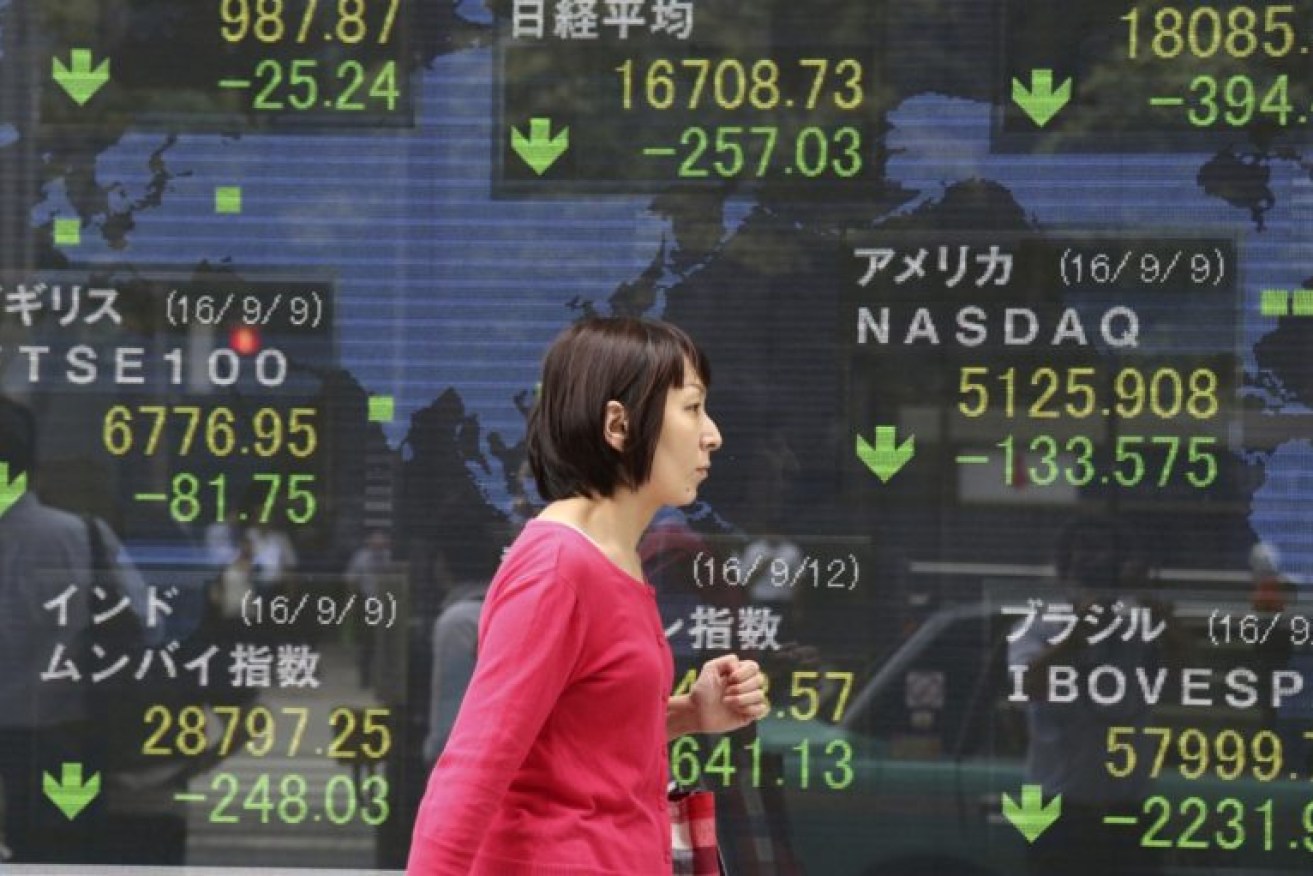No joy for super pensions in economy


Interest rates may fall further. Photo: AAP
On the surface, the Australian economy appears to be performing well, but the Reserve Bank of Australia (RBA) does not cut interest rates when it thinks things are going well.
And it has cut rates twice this year already, bringing the cash rate to a record low of just 1.5 per cent. Why is this happening?
Those trying to live on their superannuation when returns have been slashed by record low rates will be asking that question.
The RBA is bearish on inflation
Alex Joiner, chief economist with IFM Investors, says “the RBA is easing policy rates primarily because weaker than expected ‘core’ measures of inflation have allowed it to.”
Indeed, this targeted measure of inflation has only been outside the RBA’s target band of 2.0–3.0 per cent on one other occasion in the inflation targeting period (in 2012). At just 1.5 per cent year-on-year in the June quarter, it is the weakest in the history of the series, he says.
A beneficial consequence of this easing has been that the RBA has kept domestic interest rates from moving up relatively against other countries that are still cutting rates. In this way, the RBA has likely avoided any further material appreciation of the exchange rate that it believes would complicate the recovery of the economy, Dr Joiner says
The RBA is also easing rates to support stronger economic growth. The economy itself, measured by real GDP, is growing at a rate above 3.0 per cent year-on-year, but much of this is being driven by resources exports.
The underlying domestic economy is still very weak and people are feeling that, says Dr Joiner.
Further, the nominal rate of GDP growth in Australia is very weak and has been running below real GDP for the better part of two years – an occurrence unprecedented going back to at least 1960.
This is due to the massive decline in Australia’s terms of trade as resources prices have fallen. As a result, living standards are also in decline because what we get for our exports is dramatically less than a few years ago.
But there are some positives. Services sectors are stronger, accounting for half of the growth over the past year. Demographic change (population growth) and demand for services domestically has also been important.
Further, the lower Australian dollar has improved the comparative advantage of education and tourism sectors in particular. As a result of the latter, net services exports are supporting economic growth significantly.
Services sectors are also labour-intensive, and have been key in fostering employment growth and pushing the unemployment rate lower. It is unusual for the RBA to be easing rates while the unemployment rate is in modest decline, but doing so is a recognition of difficulties still to be faced.
Nonetheless, consensus is divided as to the extent to which the RBA will need to, or indeed should, cut rates further Some believe interest rates will stay on hold at the current 1.5 per cent for an extended period, whereas others expect two further cuts from the RBA, which would bring the cash rate to a fresh record of 1.0 per cent.
Self-funded retirees will be hoping that’s wrong.









